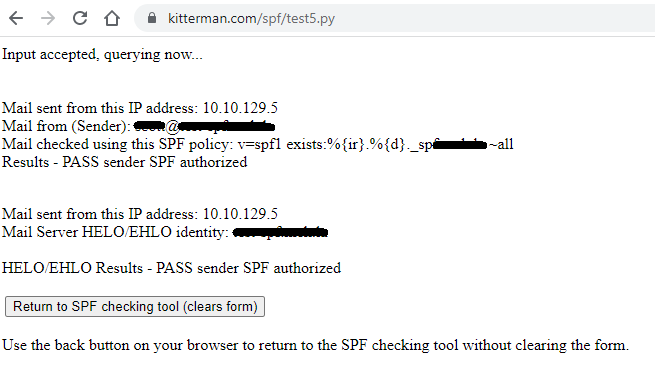Fixing My Reversed Zone Switch LEDs on a Smart Temp SZ-SW4
Fixing My Reversed Zone Switch LEDs on a Smart Temp SZ-SW4 About three years ago, I had a Mitsubishi Heavy Industries ducted A/C system installed with a Smart Temp SZ-SW4 zone switch. From day one, something never felt quite right: The LEDs on the zone switches were backwards . When a zone was on (airflow open), the light was off . When a zone was off (closed), the light was on . I asked the original installers at the time and the answer was, “That’s just how it is.” It seemed odd — lights usually indicate something is on. Second opinion… same story Fast forward to a routine service last week. A different A/C company came out. I asked them to check the LEDs. They went up into the roof to find the zone controller but couldn’t locate one. Their verdict? “That’s just how it’s wired.” Digging deeper with ChatGPT Not convinced, I did some homework and spoke to ChatGPT. I learned it could be a jumper or DIP switch setting on a controller, ...





